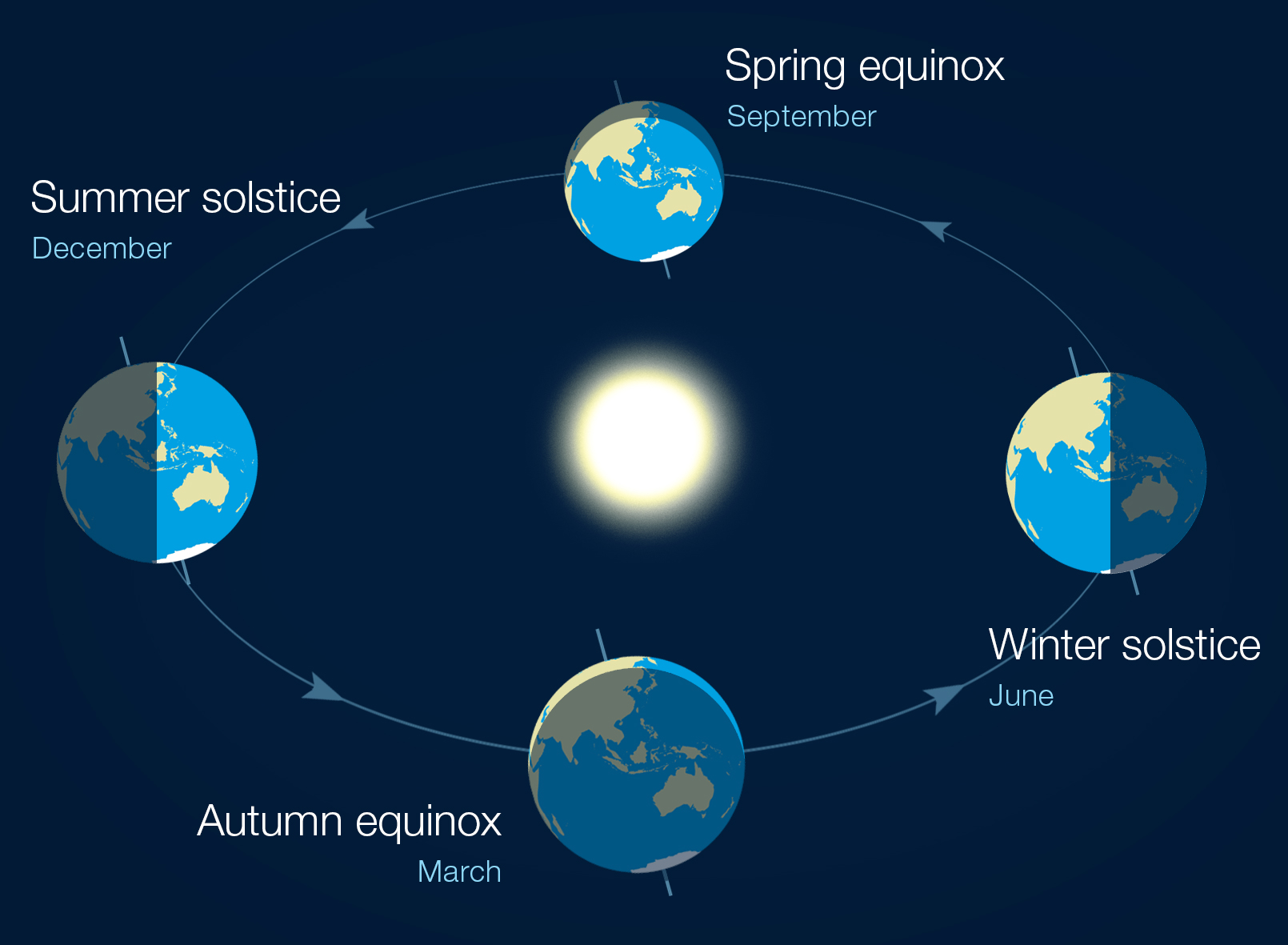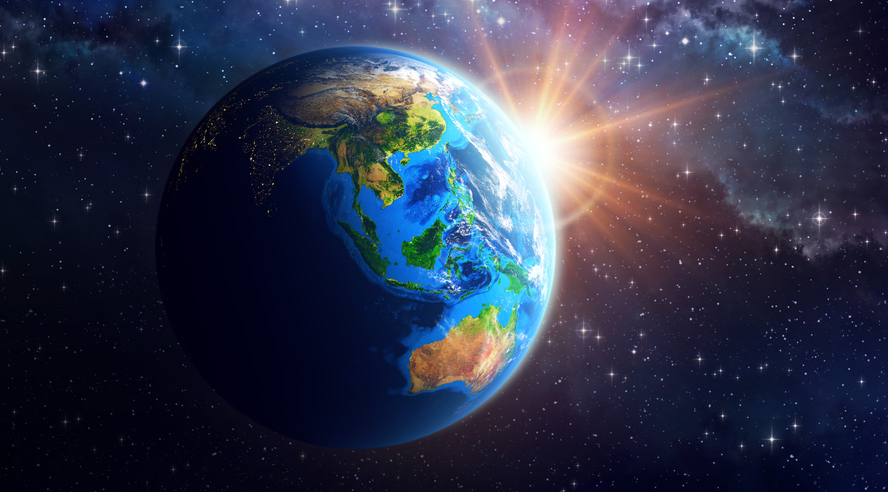
Saturday, 22 June 2019, is the shortest day of the year, known as the Winter Solstice.
The sun rose over Carole Park at 6.39am and will set over Grandchester at 5.02pm giving Ipswich only 10 hours and 23 minutes of sunshine.
The solstice is at 1.54am. Days get shorter leading up the Winter Solstice and lengthen following it.
Winter Solstice offers some three hours and 29 minutes less sunlight than its summer equivalent.
Interestingly, despite today being the shortest it is not the latest sunrise or the earliest sunset.
The earliest sunset was on 10 June at 5.01pm.
The reason for this is a trip down another rabbit hole, but basically the day lasts a few minutes longer than 24 hours.
Because the path of the earth around the sun is an ellipse, not a circle, and because the earth is off-centre on its axis, these combined phenomena can create up to several minutes’ difference between solar and mean time.
As the solar noon steadily occurs later each day so do does the sunsets.
Bureau of Meteorology forecaster Kimba Wong said the cool period we have been having is not necessarily related to the Winter Solstice.
“It is the shortest day of the year, so there is less sunlight hours to warm things up,” she said.
“But it is the turning point so the days will start to get longer and warmer.
“We won’t notice a change in temperatures for the next month or so.
“Coming into midweek it will become ever so slightly warmer overnight with more cloud around.”
Here in downtown Ipswich the answer is to embrace the dark.
Catch up some sleep, enjoy a cosy lie in and look forward to sitting down earlier for dinnertime.
The clever folks at the Bureau of Meteorology have made this illustration (below) to explain solstices and equinoxes.

After the March equinox, the tilt of earth’s axis angles the southern hemisphere further away from the sun, so days in Australia become shorter than nights.
The sun continues to move north in the sky until it’s over the Tropic of Cancer in late June—the southern hemisphere’s Winter Solstice.
Why does the temperature change lag behind the seasons?
During our winter, sunlight strikes the southern hemisphere at a steeper angle, spreading it over a larger area, meaning the ground receives less heat during winter than during summer.
However, the Winter Solstice is not quite the coldest part of the year for Australia as a whole.
The high ‘heat capacity’ of the oceans around us keeps us warm a little while longer.
Likewise, the warmest part of the year for most of Australia lags behind the Summer Solstice.
For much of southern Australia where the influence of the oceans is greatest, the coldest week of the year typically happens in July and the warmest week in late January or early February, some weeks after the solstice.


